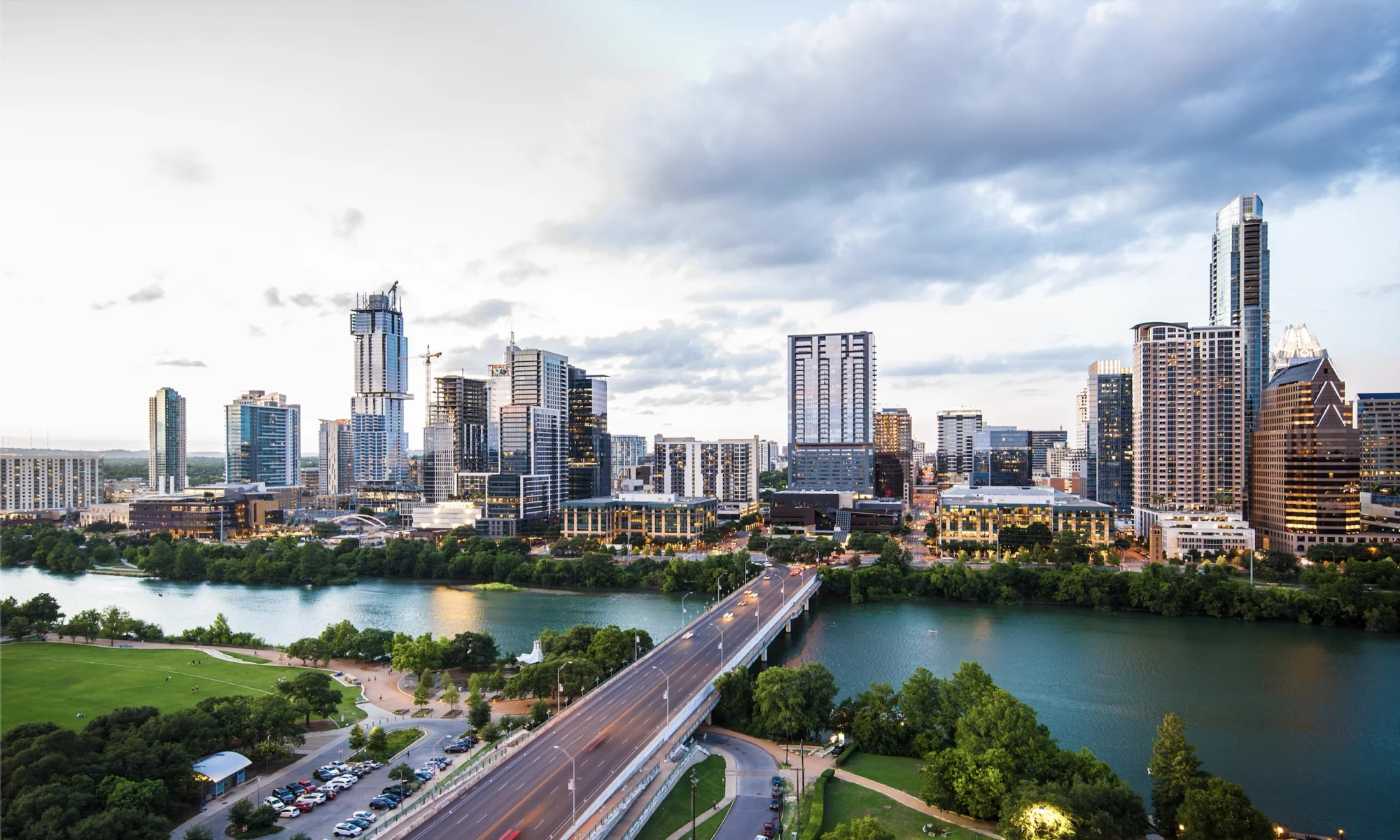The Mayor and City Council recently endorsed a bond proposal for $720 million addressing mobility concerns across the city. The mix of funding in question follows the chart below:
| Category | Amounts | Notes |
| Regional Highways | $101,000,000 | Loop 360, Spicewood Springs, Parmer, et. al. |
| Corridor Plans | $477,500,000 | N. Lamar, Burnet, Riverside, Airport, FM 969, S. Lamar, Guadalupe |
| New Corridor Planning | $4,500,000 | |
| Sidewalk Master Plan | $55,000,000 | |
| Urban Trails | $30,000,000 | Trails for both cycling & pedestrians |
| Bicycle Master Plan | $20,000,000 | |
| Vision Zero Safety | $15,000,000 | |
| Substandard Roads | $17,000,000 | Falwell Ln, Meadow Lake Blvd, William Cannon Bridge, et. al. |
Although this includes money for the Sidewalk Master Plan, it fall far short of the proposals of the plan itself, and far short of what advocates were asking. The Sidewalk Master Plan itself proposed $25 million per year for new sidewalks, enough to fund most high priority sidewalks over a period of 10 years. This plan would fund only two years and a bit of that amount. Since most bonds are anticipated to be spent over a period of at least 3-5 years, this plan starts out with undervaluing the importance of sidewalks to safety and to a vibrant city life. It sells short the promise of the Americans with Disability Act, under which more than one city has been successfully sued because of a lack of sidewalks. In short, this proposal does not do enough to tackle one of the most significant mobility needs we have – lack of accessible sidewalks.
Unfortunately, an already underfunded plan was further gutted by an amendment offered by Councilmember Sherri Gallo and adopted by the council, splitting that $55,000,000, half to the priorities laid out in the Sidewalk Master Plan and half split evenly between districts. To get into why this is such a bad idea, a little more about how the Sidewalk Master Plan makes its priorities is necessary.
The Sidewalk Master Plan first mapped all of the “absent” sidewalks throughout the city. It found more than $1 billion worth of need. It then used a matrix to score each sidewalk segment, using a complex mix of factors including number of people nearby, proximity to schools, grocery stores, safety issues for pedestrians, income, and many more factors (for the full list, go to page 10 of the pdf). This plan received extensive public vetting – in community meetings across the city, at various boards and commissions, and at city council itself. While no weighting system can please everyone about everything, the scoring does a good job of prioritizing low-income areas, areas around schools, areas with significant pedestrian safety issues, and areas around transit. Historically neglected neighborhoods in East and North Austin would receive a large portion, and areas with large numbers of people, schools, and often used buildings in Central Austin also receive priority.
Apparently, this stride towards equity and helping the most in need was not good enough for the city council. By taking half of the funding and spending it geographically, regardless of need, regardless of historic disinvestment, they have struck yet another blow against inclusivity and justice. For one example, District 1 in East Austin, which had many of the high priority sidewalks, will see $4 million less under Councilmember Gallo’s amendment than it otherwise would have received. Yet again, relatively well-off west Austin neighborhoods will receive more than their share of public funding and investment, and historically neglected areas of Austin will continue to languish for years more without safe routes to schools, unsafe roads, and inaccessible transit.

